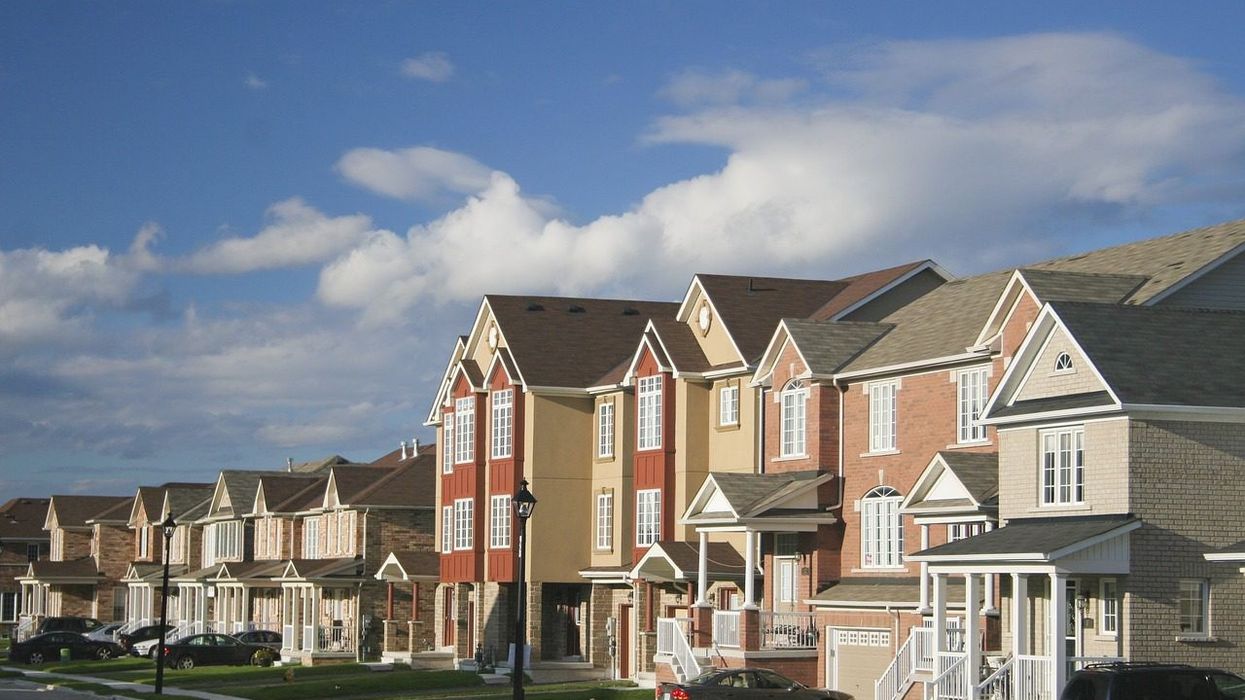Selling a house in the suburbs is getting more and more challenging.
Just yesterday, RE/MAX revealed the condo market continues to grow, especially in the GTA. So, it should come as no surprise that home sales in suburbia are on the decline.
What's even less surprising is the reasons why. For many city workers, the commute back and forth to the suburbs simply isn't worth it. Aside from the cost of driving or taking transit, those that work in the city and live outside of the core are also losing precious hours trying to get in and out of the city during rush hour.
READ: 3 Toronto Suburbs You Won’t Recognize In The Future
According to a new report from the CMHC, the benefits of living outside of the city are offset by the cost of commuting.
If you were to live far from the downtown core in Georgina, the monthly mortgage carrying cost of your home would be about $2,476. And, monthly commuting costs from Georgina sit around $1,079. Alternatively, if you were to live in Pickering, as many city workers do, your monthly mortgage carrying cost would sit closer to $3,422 with commuting costs coming in around $346 a month.
And that's not the only reason buying in the suburbs is tough. In the 905 area code, rising interest rates and rigid government restrictions—not to mention inflated prices—have left a mark on the market.
READ: CMHC Predicts Market ‘Moderation’ Over Next Two Years
RE/MAX Millennium Real Estate agent Ron Sally, told The Globe and Mail a lot of $1M+ homes are sitting while $800,000 properties are being snatched up in Brampton and Vaughan.
Though detached home sales increased six per cent year-over-year, the average price of a home in the 905 stayed stagnant. In the 416 areas of the city, sales jumped 10 per cent month-over-month and prices squeaked slightly ahead just over 1 per cent.
READ: Tim Hudak Asks: When did Canada decide to have fewer homeowners?
Still, the dream of owning a big house in the suburbs is alive and well. The challenge is affording that dream.
These days, big bank lenders are looking for 20 per cent or more as a down payment. According to the Financial Post, This demand has led to an increase in alternative lending.





















